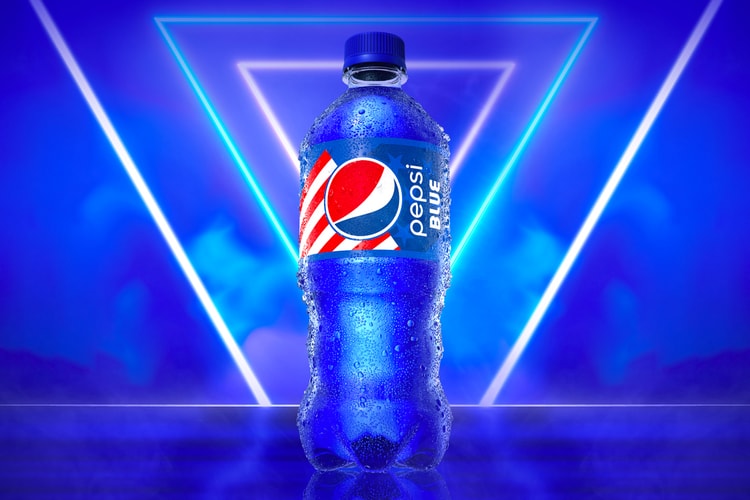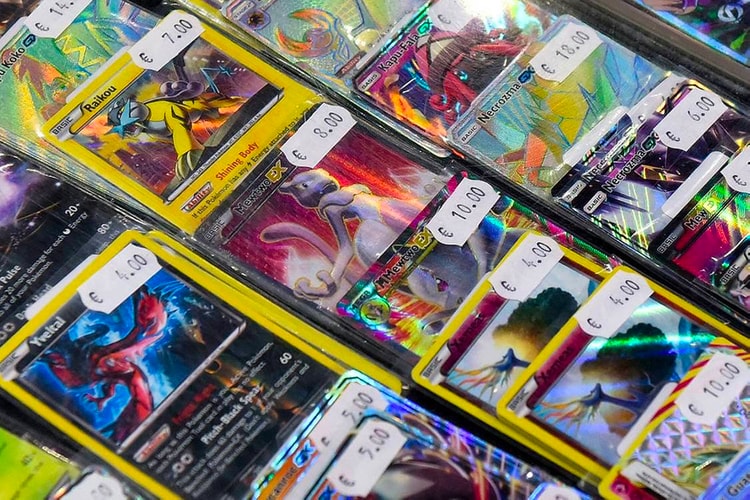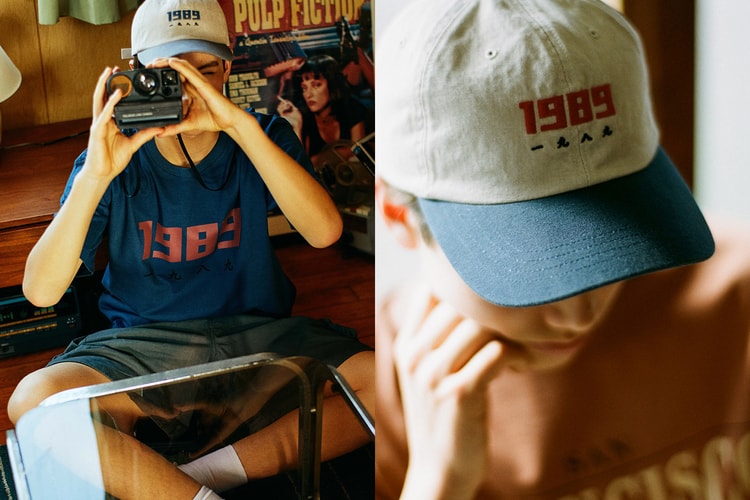Phillips' Makes NFT Sales Debut With $4.1 Million USD Mad Dog Jones Piece
Setting an all-time auction record for a living Canadian artist.
After two weeks of intense bidding, Phillips‘ has officially sold Canadian artist Mad Dog Jones‘ REPLICATOR. This marks the first NFT sold in Phillips’ history.
With the opening bid beginning at $100 USD, the piece itself has the ability to generate a new unique NFT of itself every 28 days. In the first 24 hours, the bid soared to $2.4 million USD and in the final five minutes, climbed to the final price of $4,144,000 USD. The piece was sold to an anonymous collector and marked a record auction price for any living Canadian artist.
Mad Dog Jones released a statement, “I am absolutely blown away by the response REPLICATOR has generated across the world. It is humbling to see my artwork resonating with people of all backgrounds, who have expressed their excitement about the concept, the technology, and the imagery. I’m so grateful to everyone for their support in this exciting endeavor. REPLICATOR is just getting started and I can’t wait to see the journey it takes from here.”
Not only has this cemented Mad Dog Jones’ reputation in the art world but in the NFT world as well. REPLICATOR was sold as an NFT experience that comprised of seven unique generations of artworks. The first generation NFT is set to produce six NFTs at the rate of one per month, with each generation unique to the rest. With each generation, it will produce one less artwork in its lifetime until it reaches the seventh generation. The owner currently owns all subsequent replicas from the first generation until they sell one.
Similar to a photocopier, REPLICATOR can also jam. When a so-called “Jam Artwork” is produced, it is unique to its generation and will no longer replicate. Each generation may have up to three unique Jam pieces. It is expected that after one million simulations that the total artworks generated will be between 75 and 300, with an average time of one year from start to finish.
In other art news, leaders of closed museums petitioned to the French president for a reopening date.















